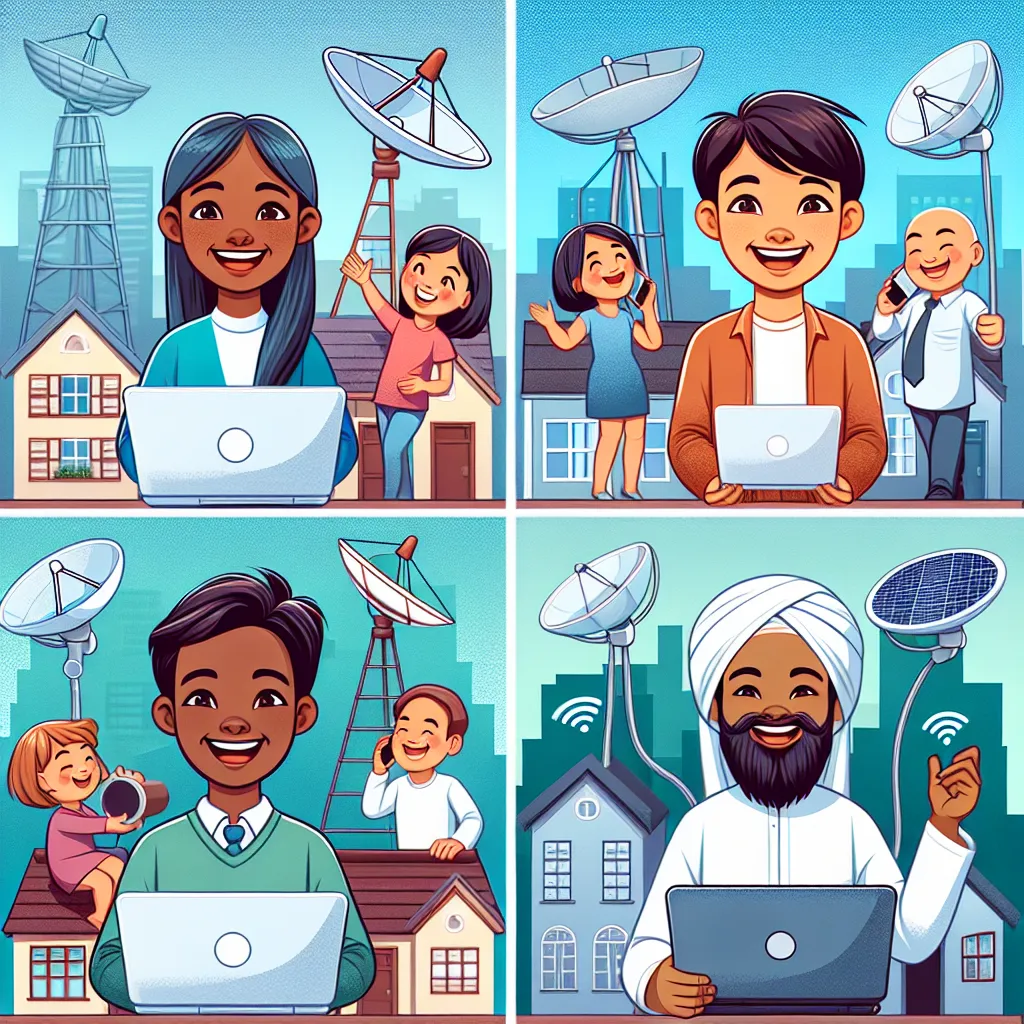Internet Options Available at My Address
Living in a connected world, having access to reliable internet is essential for both work and leisure. Before subscribing to an internet service provider (ISP), it is crucial to explore the various options available at your address. In this article, we will delve into the different internet options that you can consider, ensuring you make an informed decision.
1. Cable Internet
Cable internet is one of the most popular choices for households due to its reliability and fast speeds. It utilizes the same coaxial cables that transmit cable television, providing internet access through the same infrastructure. Cable internet can offer speeds ranging from 25 Mbps to 1 Gbps, depending on the package you choose.
One of the advantages of cable internet is its widespread availability. In many areas, cable providers have established a strong network, ensuring a stable connection. However, the speeds offered may vary based on your location and the provider's infrastructure.
2. DSL (Digital Subscriber Line)
DSL is another commonly available internet option that operates using traditional telephone lines. It offers high-speed internet by utilizing unused frequencies in these copper lines. DSL speeds can range from 1 Mbps to 100 Mbps, depending on the distance from the ISP's central office.

While DSL may not provide the same speeds as cable internet, it is often more affordable. It is suitable for individuals or households that have internet requirements that do not demand extremely high speeds, such as streaming 4K videos or online gaming. DSL connections are reliable and widely available, especially in areas where cable infrastructure is limited.
3. Fiber Optic Internet
Fiber optic internet is the fastest and most reliable option available today. It uses thin strands of glass or plastic to transmit data as pulses of light, offering incredible speeds and low latency. With fiber optic internet, you can access speeds ranging from 100 Mbps to 2 Gbps, ensuring seamless streaming, online gaming, and file transfers.
However, the availability of fiber optic internet can be limited in some areas due to the infrastructure required for installation. It is typically more prevalent in urban areas or newly developed communities. The installation process may also involve a professional technician to ensure proper fiber optic connections.
4. Satellite Internet
If you live in a rural or remote area where cable or DSL infrastructure is scarce, satellite internet could be a viable option. Satellite internet operates by transmitting and receiving data signals to and from satellites in orbit. This allows users in remote locations to access the internet without relying on traditional wired connections.
While satellite internet provides coverage in areas where other options may not be available, it does come with some limitations. The speeds tend to be slower compared to other options due to the signal's long travel distance to and from satellites. Additionally, satellite internet may have data usage caps and higher latency, making it less suitable for bandwidth-intensive activities such as online gaming.
5. Wireless Broadband
Wireless broadband, also known as fixed wireless, utilizes radio waves to establish an internet connection. It involves installing an antenna on your property that communicates with a nearby tower to receive internet signals. This option is especially useful in areas where wired infrastructure is limited or non-existent.
Wireless broadband can provide reliable speeds ranging from 1 Mbps to 100 Mbps, depending on the provider and your location. It is a suitable alternative for those who cannot access cable, DSL, or fiber optic connections. However, the speeds and reliability may be affected by factors such as distance from the tower and interference from obstacles.
6. Dial-Up Internet
Although dial-up internet is becoming obsolete, it is worth mentioning as a historical reference. Dial-up internet uses a telephone line to establish a connection, but it operates at very low speeds, typically up to 56 Kbps. This option is no longer practical for most internet activities due to its limited speed and inability to handle modern web applications.
While dial-up internet may still be available in some remote areas, it is not recommended for regular use due to its slow speeds and frequent disconnections. It is primarily used as a last resort when no other options are accessible.
Conclusion
When considering the internet options available at your address, it is important to evaluate your specific needs and the availability in your area. Cable internet and DSL are generally widespread and offer reliable connections at varying speeds. Fiber optic internet provides the fastest speeds but may have limited availability. Satellite internet and wireless broadband are ideal for remote areas with limited wired infrastructure.
Researching the ISPs in your area and comparing their offerings, pricing, and customer reviews can help you make an informed decision. Remember to consider factors such as speed, reliability, data caps, and any additional services or perks offered by the providers.
By understanding the internet options available at your address, you can select the most suitable service that aligns with your needs, ensuring a seamless online experience.